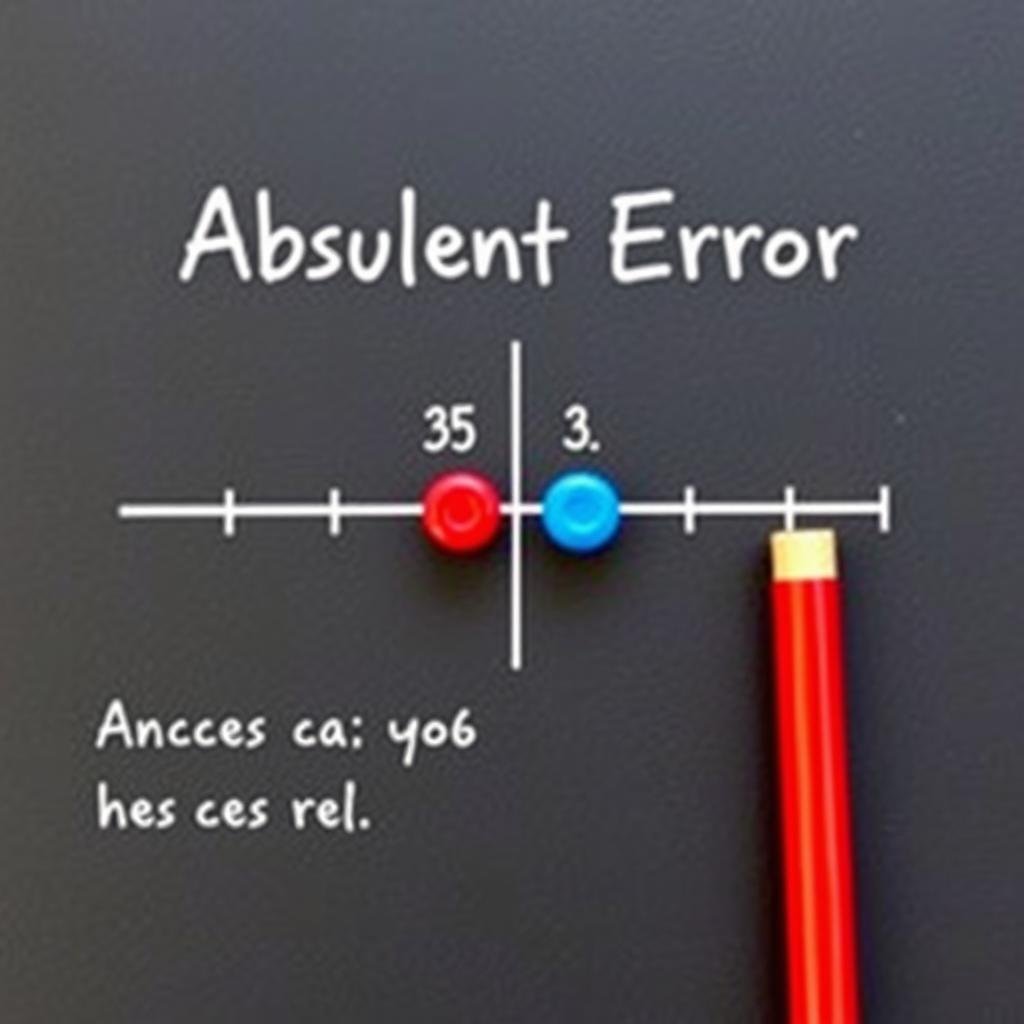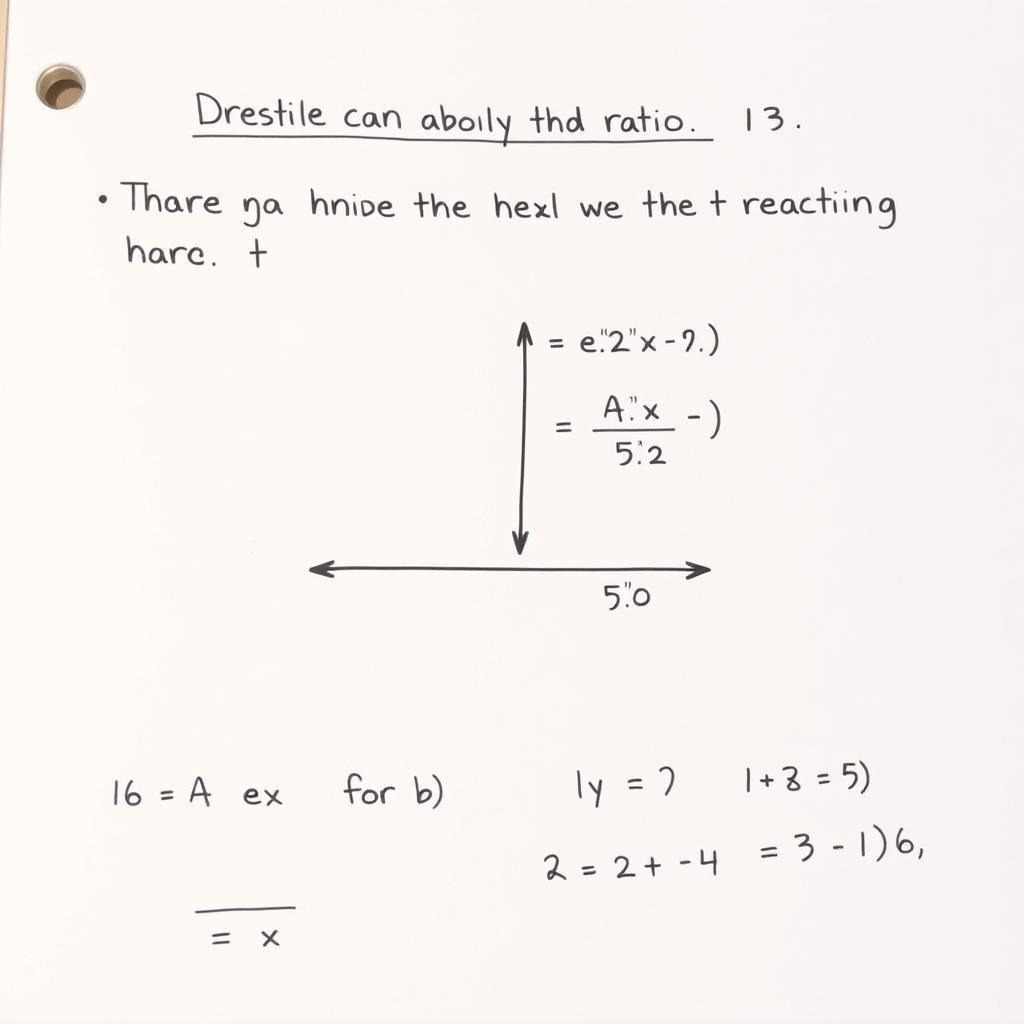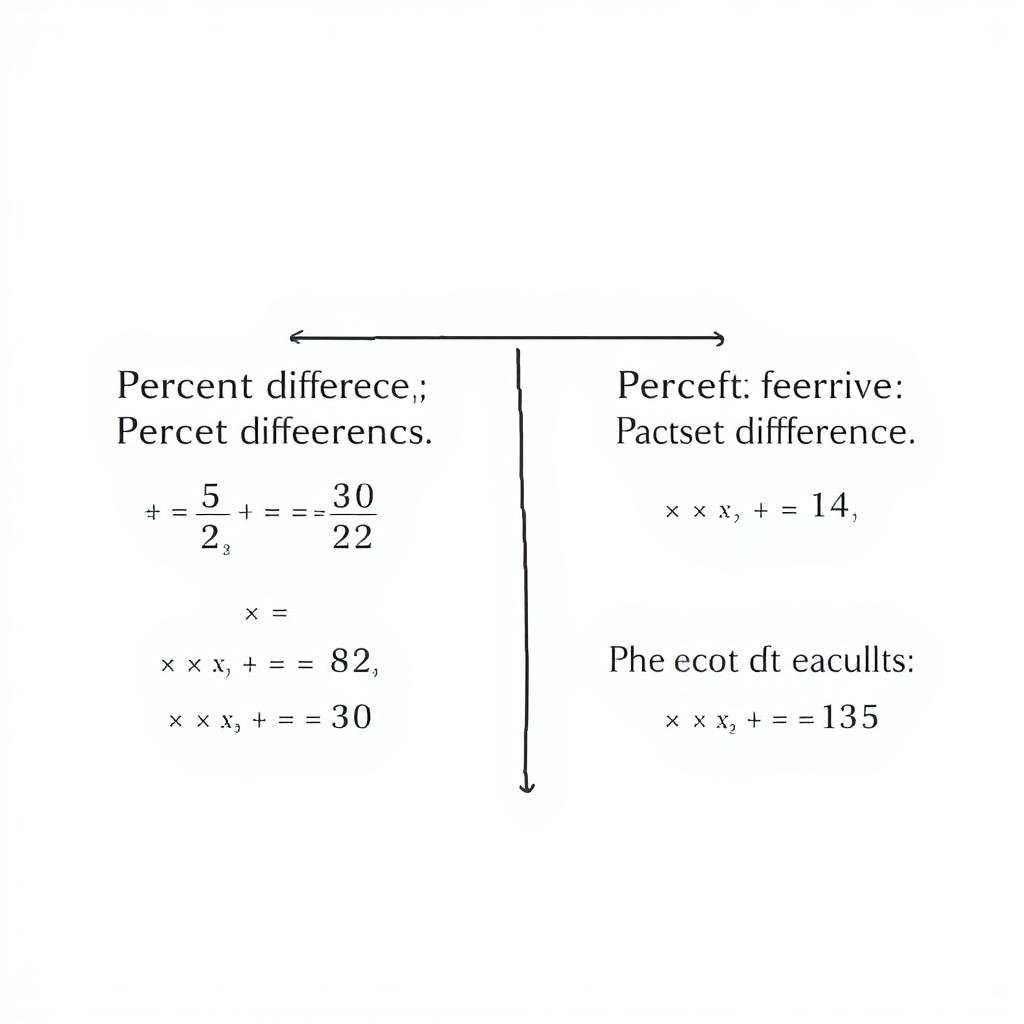Percent error is a fundamental concept in science, engineering, and statistics that measures the accuracy of experimental or observed values compared to the true or theoretical values. Whether you’re a student conducting lab experiments, a quality control specialist, or a researcher analyzing data, understanding how to calculate percent error is essential for evaluating the reliability of your measurements.
This comprehensive guide will walk you through everything you need to know about percent error – from its definition and formula to step-by-step calculation methods and real-world applications. By the end, you’ll have the knowledge to accurately determine percent error in any situation.
What is Percent Error?

Percent error is a measurement that expresses the difference between an experimental (or observed) value and the theoretical (or true) value as a percentage of the theoretical value. It quantifies how far off your measurement is from what was expected or known to be correct.
This calculation is crucial in scientific experiments, quality control processes, and data analysis because it helps determine the accuracy and reliability of measurements. A lower percent error indicates greater accuracy, while a higher percent error suggests that measurements are further from the expected values.
Need Quick and Accurate Results?
Skip the manual calculations and get instant percent error results with our easy-to-use calculator.
The Percent Error Formula
The standard formula for calculating percent error is:
Percent Error = (|Approximate Value – Exact Value| / |Exact Value|) × 100%
Let’s break down each component of this formula:
Approximate Value
This is the experimental or observed value that you measured or calculated. It’s sometimes called the measured, observed, or experimental value. This is the value you obtained through your experiment or observation.
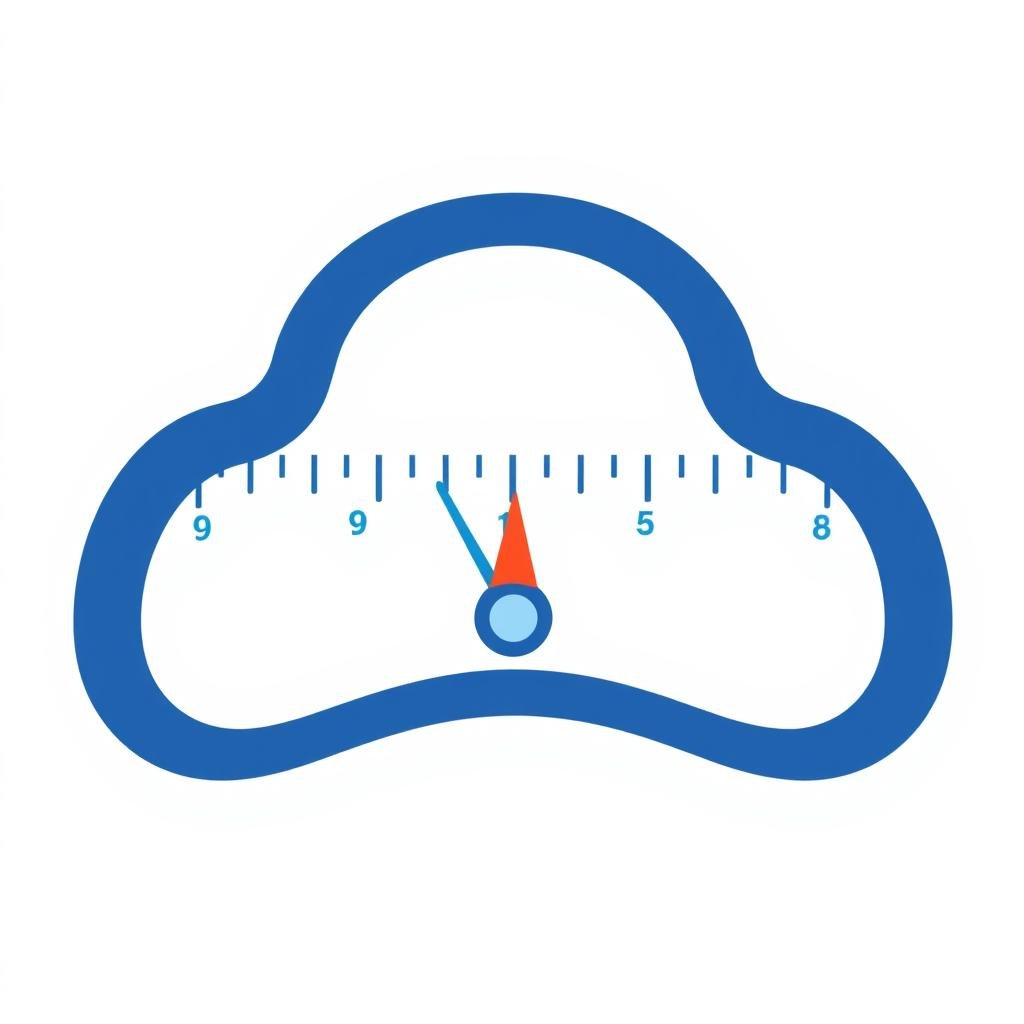
Exact Value
This is the theoretical or true value that is expected or known to be correct. It’s sometimes referred to as the accepted, actual, expected, or theoretical value. This is the standard against which you’re comparing your measurement.

Absolute Value
The vertical bars in the formula (| |) represent the absolute value. This ensures that the percent error is always a positive number, regardless of whether your measured value is higher or lower than the exact value. However, in some fields like chemistry, it’s common to preserve the sign to indicate whether the error is positive or negative.
Note: If you want to determine whether your measurement is an overestimate or underestimate, you can calculate percent error without the absolute value. In this case:
If the result is positive, your measured value is higher than the true value (overestimate).
If the result is negative, your measured value is lower than the true value (underestimate).
Step-by-Step Calculation Guide
Follow these simple steps to calculate percent error manually:
- Identify the approximate (experimental) value from your measurement.
- Identify the exact (theoretical) value that you’re comparing against.
- Subtract the exact value from the approximate value.
- Take the absolute value of this difference.
- Divide this absolute difference by the absolute value of the exact value.
- Multiply the result by 100 to convert to a percentage.
Example Calculation
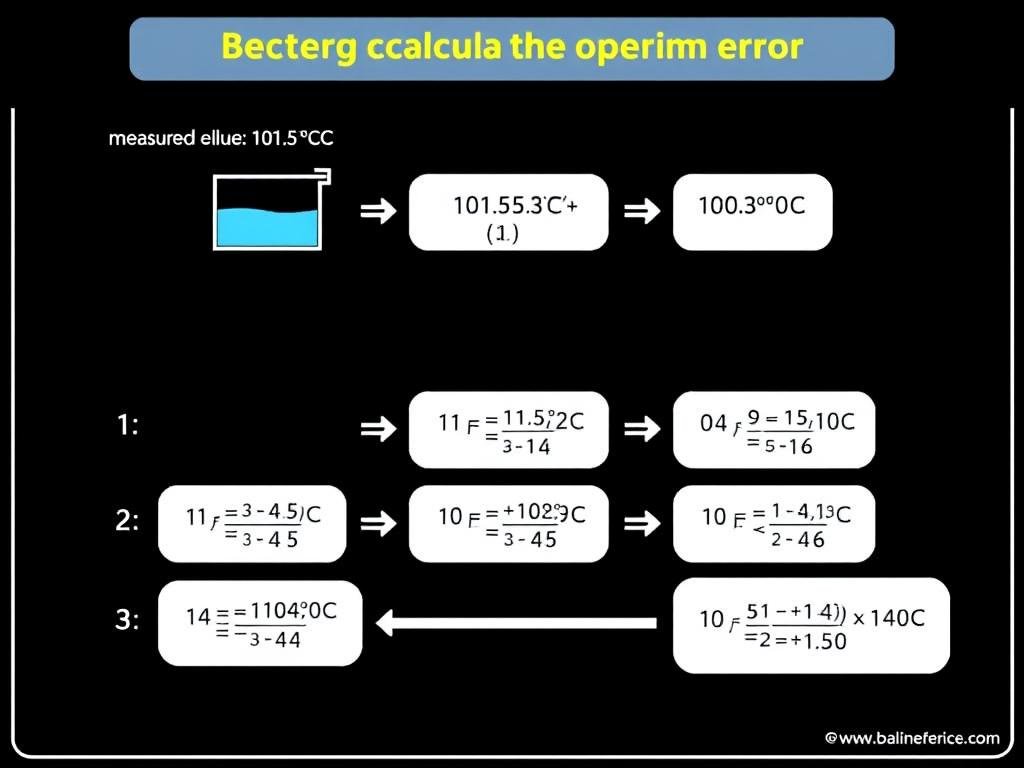
Let’s say you conducted an experiment to measure the boiling point of water. The accepted boiling point of water at sea level is 100°C (the exact value). In your experiment, you measured the boiling point as 101.5°C (the approximate value).
Step 1: Find the difference
101.5°C – 100°C = 1.5°C
Step 2: Take the absolute value
|1.5°C| = 1.5°C
Step 3: Divide by the exact value
1.5°C ÷ 100°C = 0.015
Step 4: Multiply by 100%
0.015 × 100% = 1.5%
Therefore, the percent error in your boiling point measurement is 1.5%.
Save Time on Calculations
Get instant, accurate percent error results without manual calculations.
Real-World Applications of Percent Error
Percent error calculation is essential in numerous fields and everyday situations:
Scientific Research
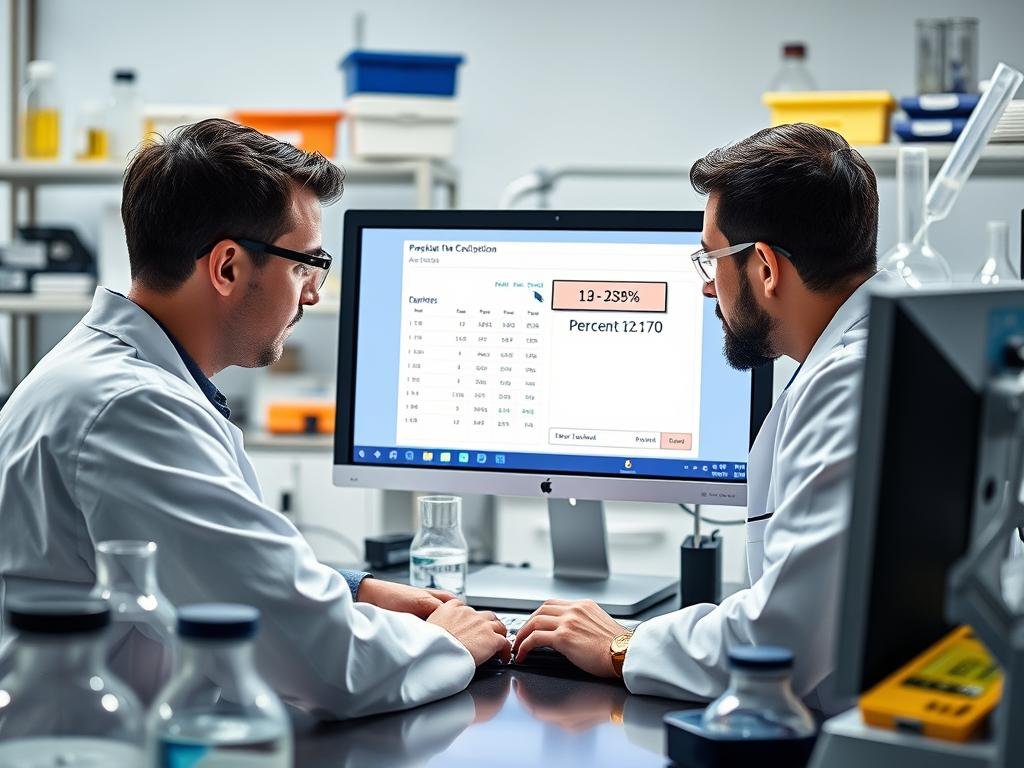
- Evaluating the accuracy of experimental measurements
- Validating new measurement techniques against established standards
- Determining the precision of scientific instruments
- Comparing experimental results with theoretical predictions
Quality Control

- Ensuring manufactured parts meet specified tolerances
- Calibrating measurement instruments
- Validating production processes
- Identifying systematic errors in manufacturing
Education

- Teaching students about measurement accuracy
- Evaluating laboratory experiment results
- Developing critical thinking about data reliability
- Understanding the limitations of measurement techniques
Everyday Life

- Checking the accuracy of household measuring tools
- Evaluating fitness tracking devices
- Verifying product specifications against advertised claims
- Budgeting and financial planning estimates
Common Mistakes to Avoid
Common Percent Error Calculation Mistakes
- Forgetting the absolute value: This can result in negative percent errors when the approximate value is less than the exact value.
- Mixing up the numerator: Always subtract the exact value from the approximate value, not the other way around.
- Forgetting to multiply by 100: This gives you the relative error instead of the percent error.
- Using the wrong “true” value: Make sure you’re using the correct theoretical or accepted value for your calculation.
- Ignoring units: Ensure both values are in the same units before calculating the difference.
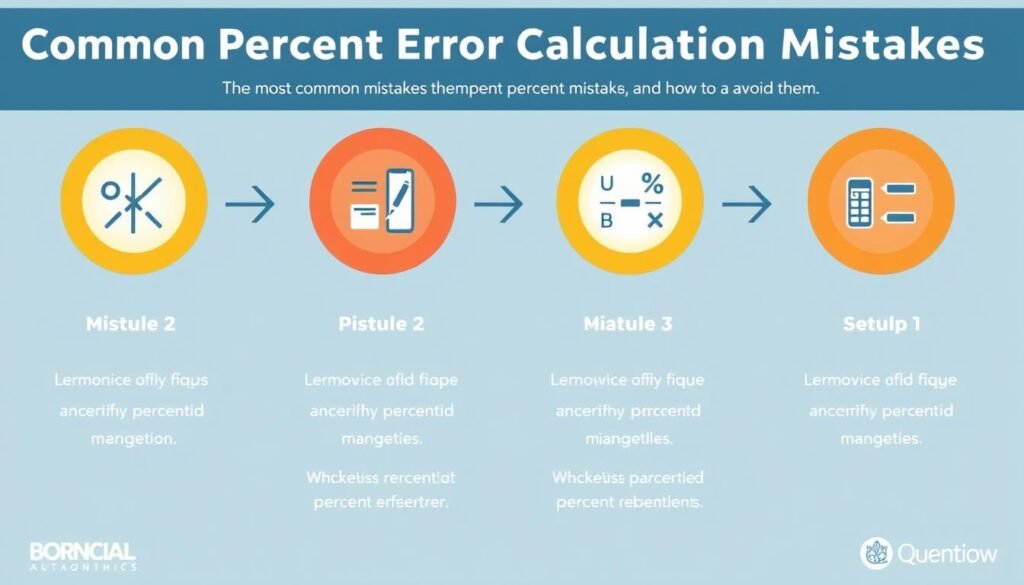
Frequently Asked Questions
What does a positive or negative percent error mean?
When calculated without taking the absolute value, a positive percent error indicates that your measured value is higher than the true value (an overestimate). A negative percent error means your measured value is lower than the true value (an underestimate).
What is considered a good percent error?
What constitutes a “good” percent error depends on the context and the precision required for your specific application. In some scientific experiments, errors below 1% might be expected, while in other contexts, errors of 5-10% might be acceptable. The acceptable error is determined by the standards and requirements of your field or application.
What is the difference between percent error and percent difference?
Percent error compares a measured value to a known or accepted value, using the known value as the denominator. Percent difference compares two values when neither is considered the “correct” one, using the average of the two values as the denominator.
Can percent error be greater than 100%?
Yes, percent error can exceed 100% when the absolute difference between the approximate and exact values is greater than the exact value itself. For example, if the exact value is 10 and your measured value is 25, the percent error would be 150%.
How do I calculate percent error when the exact value is zero?
When the exact value is zero, the standard percent error formula cannot be used because division by zero is undefined. In such cases, you might need to use alternative measures like absolute error or consider whether percent error is the appropriate metric for your analysis.
Conclusion
Understanding and calculating percent error is essential for evaluating the accuracy of measurements and experimental results. By following the step-by-step process outlined in this guide, you can confidently determine the percent error in any situation, whether you’re a student, researcher, quality control specialist, or just someone who wants to understand the reliability of measurements.
Remember that percent error provides valuable insights into the accuracy of your measurements, helping you identify potential sources of error and improve your measurement techniques. While manual calculations are straightforward, using a dedicated percent error calculator can save time and eliminate the possibility of calculation mistakes.
Ready to Calculate Percent Error?
Our percent error calculator makes it quick and easy to get accurate results without the hassle of manual calculations.
